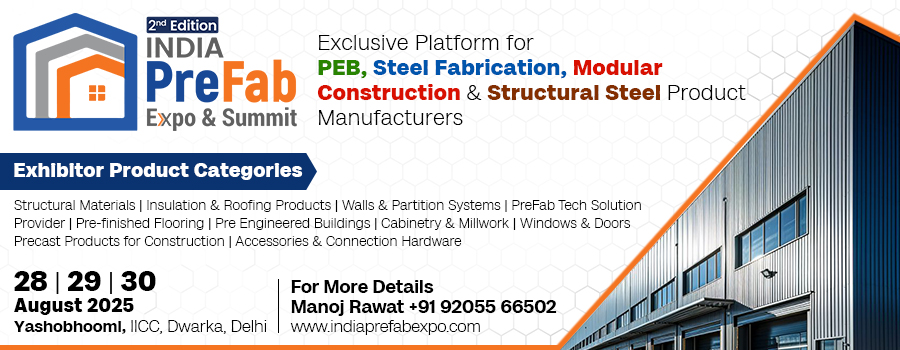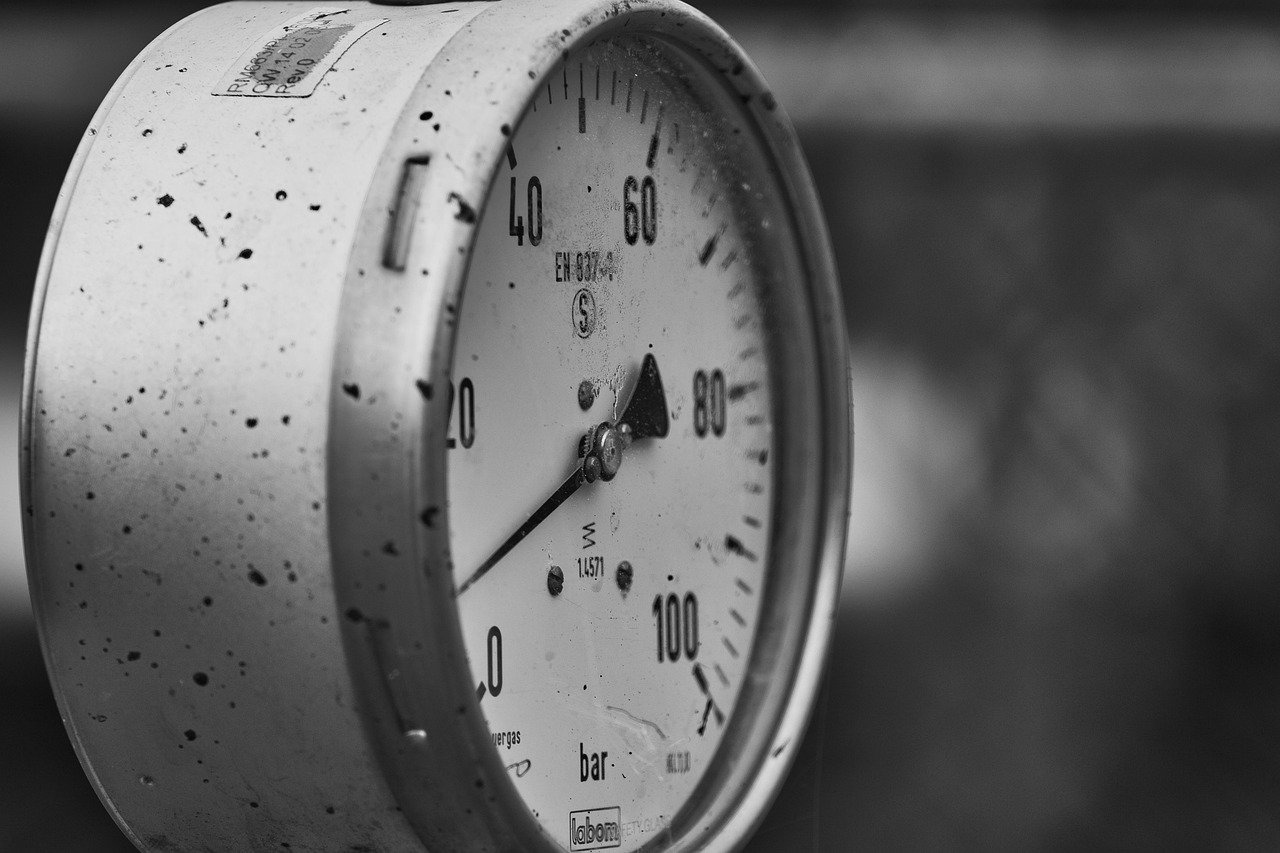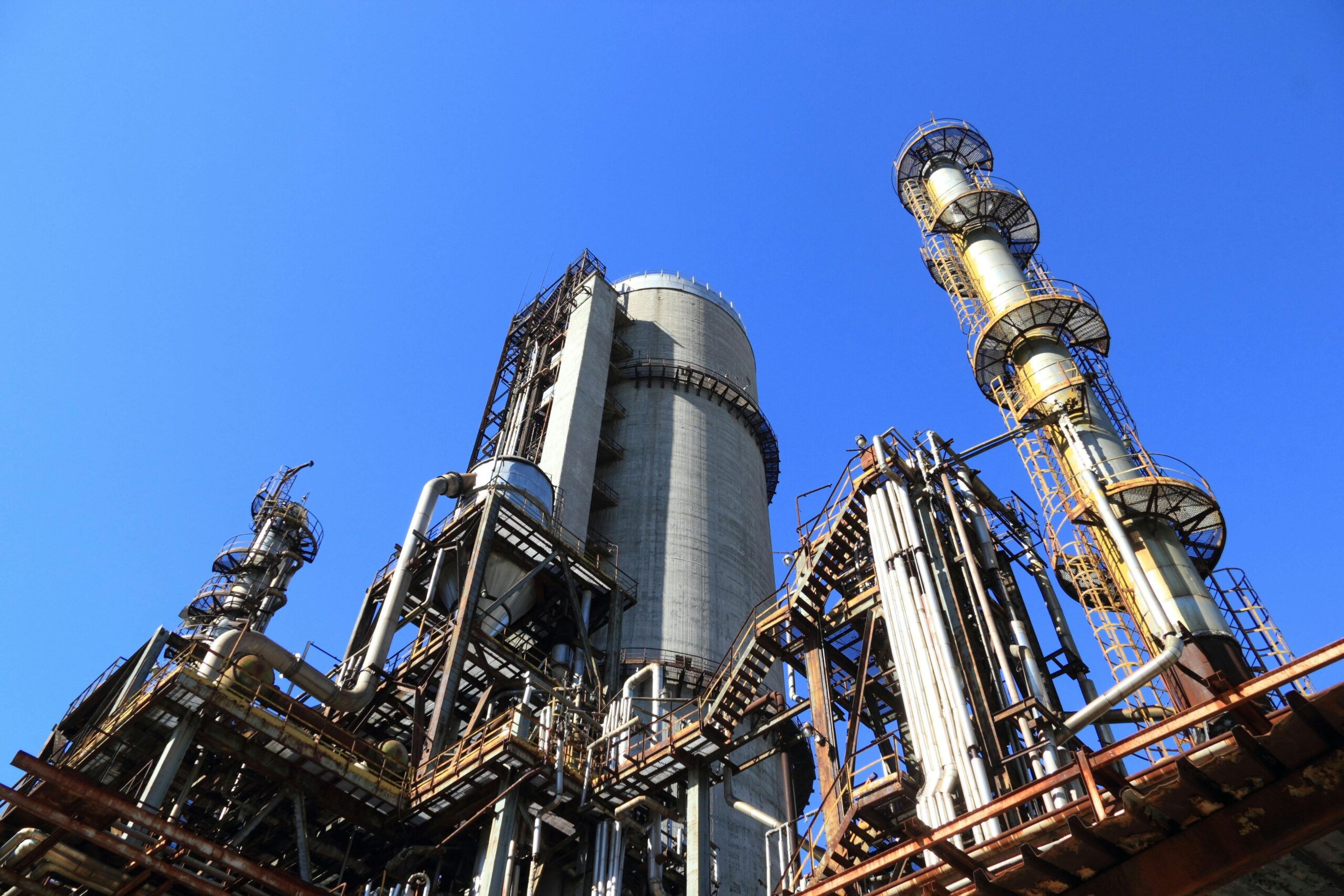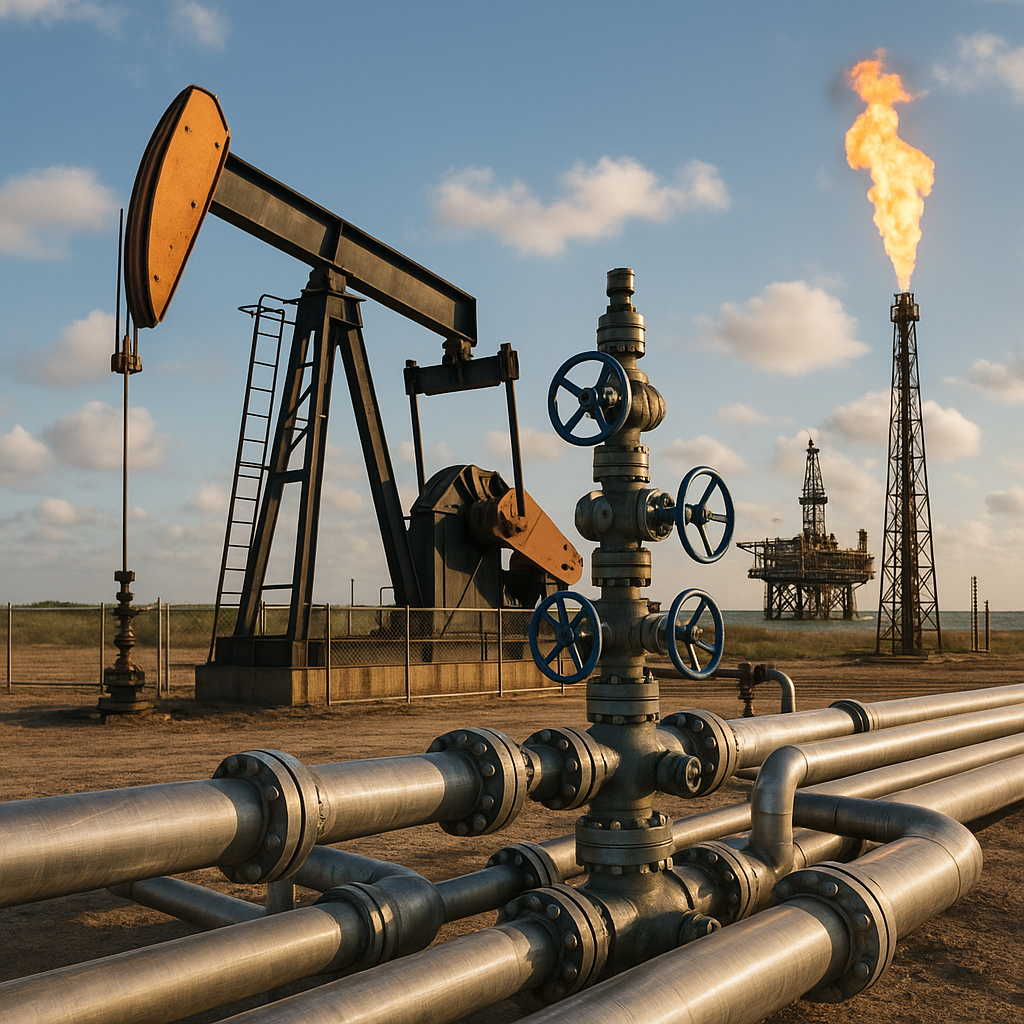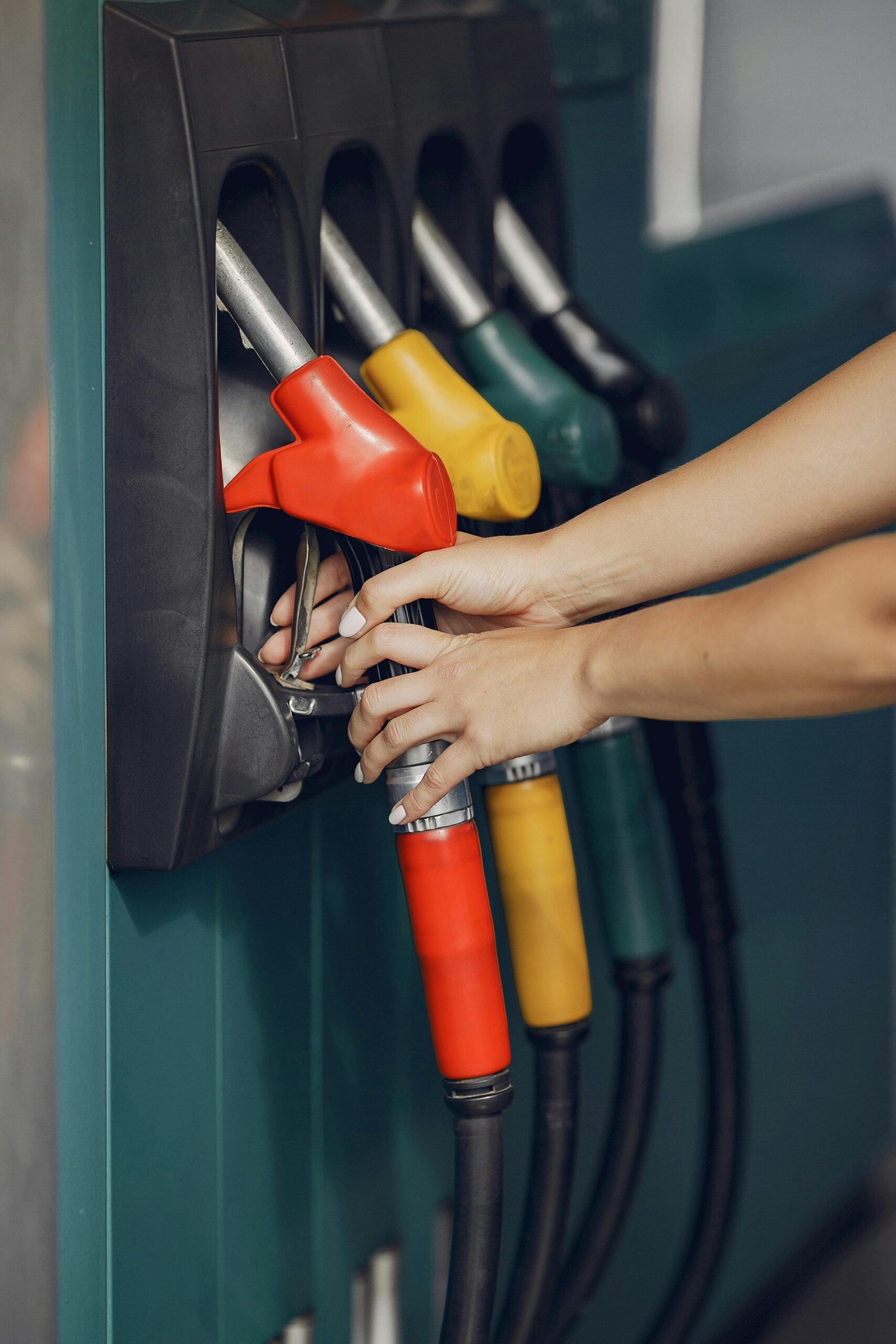Steam ejectors are essential components in many industrial processes, primarily used for generating a vacuum, transferring gases, or removing non-condensable gases. Operating on the principle of jet pumping, steam ejectors leverage high-pressure steam to induce a low-pressure region, causing the entrainment of gases or vapors. This article delves into the principles of steam ejectors, their functionality, and their applications in various industries, providing a comprehensive understanding of their importance and advantages in industrial operations.
The Working Principle of Steam Ejectors
A steam ejector works on the principle of jet pumping, where high-pressure steam is passed through a nozzle, creating a high-velocity jet of steam. This jet of steam induces a low-pressure region, entraining surrounding gases or vapors. The gases are then carried along with the steam and expelled through a discharge outlet.
In simple terms, a steam ejector uses the kinetic energy of steam to move fluids, gases, or vapors, often creating a vacuum in the process. The steam itself is the driving force, and no mechanical moving parts are involved, making the steam ejector a highly reliable, low-maintenance, and cost-effective device. The efficiency of the ejector depends on the pressure of the steam, the design of the nozzle, and the vacuum chamber in which it operates.
The steam ejector works in a manner that maximizes energy transfer from the steam to the gas, resulting in a decrease in pressure and often generating a vacuum that is crucial for many industrial operations.
Key Functions of a Steam Ejector
Steam ejectors are versatile tools used across various sectors, performing several critical functions. These functions can be broadly categorized into vacuum generation, gas removal, and gas transfer, which are essential for maintaining optimal process conditions in industries like chemical manufacturing, power generation, refrigeration, and many others.
1. Vacuum Generation
One of the most common applications of steam ejectors is the generation of a vacuum. In industries that require controlled environments or low-pressure conditions, the use of a steam ejector allows for the creation of a vacuum without the need for complex mechanical pumps. Steam ejectors achieve this by utilizing the high-energy steam to create a low-pressure area, thereby pulling gases or vapors into the system.
For example, in vacuum distillation, steam ejectors are used to lower the pressure in distillation columns. The reduction in pressure allows for the separation of components based on their boiling points at lower temperatures, making the process more energy-efficient.
2. Steam Jet Vacuum Systems
In many industrial settings, steam ejectors are employed as part of a steam jet vacuum system. These systems are especially useful in applications such as evaporators, condensers, and heat exchangers, where a vacuum is needed for the efficient operation of the system.
The steam ejector in a steam jet vacuum system removes non-condensable gases, such as air, from the system. Non-condensable gases can severely affect the performance of heat exchange systems by reducing the efficiency of heat transfer. By maintaining a vacuum, steam ejectors prevent the accumulation of these gases and enhance the overall thermal efficiency of the process.
Steam jet vacuum systems are often found in industries such as chemical processing, pharmaceutical manufacturing, and food processing, where the removal of air and non-condensable gases is vital for process optimization.
3. Air Ejectors in Distillation and Vacuum Systems
In distillation columns, particularly in vacuum distillation, steam ejectors serve an essential function. Distillation is a process used to separate liquid mixtures based on their boiling points, and a steam ejector plays a crucial role in maintaining a vacuum inside the column. By doing so, the ejector ensures that the distillation process occurs at a lower temperature, making it more energy-efficient.
In vacuum distillation, the reduction of pressure lowers the boiling point of the liquids being separated, allowing distillation to take place without requiring the addition of excess heat. Steam ejectors create and maintain the vacuum by removing air and other non-condensable gases, which otherwise would hinder the efficiency of the distillation process.
These ejectors are also used in other applications such as vacuum filtration, where gases are removed from the system to ensure that the liquid can pass through a filter more efficiently. By removing air from the filtration system, steam ejectors help maintain a consistent flow of the liquid and prevent the formation of bubbles that could disrupt the filtration process.
4. Removal of Non-Condensable Gases
Non-condensable gases, such as air, carbon dioxide, or nitrogen, can significantly reduce the efficiency of various heat exchange processes, including steam condensers and vacuum systems in power plants. These gases do not condense when the steam is cooled and can create barriers that slow down the condensation process, thereby reducing the overall performance of the system.
Steam ejectors are commonly used in power plants, refrigeration systems, and chemical plants to remove these non-condensable gases. The steam ejector creates a low-pressure area in which gases are entrained and carried away from the system. As the ejector pulls in the gases, it helps to maintain the desired pressure and temperature conditions, ensuring the system operates at its highest efficiency.
The removal of non-condensable gases using steam ejectors is crucial in maintaining the performance of steam turbines and heat exchangers. Without proper gas removal, the equipment can experience thermal inefficiencies and potential damage over time due to the buildup of gases that impede heat transfer.
5. Gas and Vapor Transfer
In addition to creating a vacuum and removing non-condensable gases, steam ejectors are also used to transfer gases or vapors from one location to another. The steam ejector’s ability to induce flow makes it highly effective for moving gases between systems without the need for mechanical pumps.
For instance, in chemical processing, steam ejectors are often used to transfer chemical vapors from reactors to condensers or other processing units. The ejector draws the vapor into the system and moves it efficiently through the piping network. This process is particularly beneficial in systems where maintaining a vacuum is necessary for controlling chemical reactions or maintaining proper reaction rates.
Steam ejectors are also employed in vacuum drying processes, where the vaporized moisture is drawn away from the material being dried. In these processes, the ejectors help facilitate the transfer of the moisture vapor into the condenser, where it can be collected and removed.
6. Cost-Effective Vacuum Creation
One of the major advantages of using steam ejectors is their cost-effectiveness in creating a vacuum compared to mechanical pumps. Mechanical pumps can be costly to install and maintain, especially if they require electricity and have moving parts that are prone to wear and tear.
In contrast, steam ejectors require no electrical power and have no moving parts, which significantly reduces maintenance costs. The energy-efficient operation of steam ejectors also contributes to lower operational costs, as they utilize steam, which is often already available in many industrial processes. Their simplicity and reliability make them an attractive alternative to more complex vacuum generation systems.
7. Handling Corrosive Gases
In many industries, steam ejectors are particularly valuable because they can handle corrosive gases that would otherwise damage sensitive vacuum systems. Industries such as chemical manufacturing, petrochemicals, and pharmaceuticals often deal with corrosive substances that require special attention during gas transfer or vacuum generation.
The design of steam ejectors is simple and robust, which allows them to handle harsh chemicals, corrosive vapors, and acidic gases. This resistance to corrosion makes them ideal for use in environments where other vacuum pumps might fail due to material degradation.
Advantages of Steam Ejectors
There are several reasons why steam ejectors remain popular in many industrial applications:
Simplicity and Reliability: Steam ejectors are simple devices that have no moving parts. This design reduces the likelihood of mechanical failure, making them highly reliable for long-term operation.
Low Maintenance: Due to their lack of moving parts, steam ejectors require minimal maintenance. They do not require lubrication or other maintenance activities that are necessary for mechanical pumps.
Energy Efficiency: Steam ejectors are energy-efficient, particularly in systems where steam is readily available. Since they use the steam’s kinetic energy for operation, they can operate at lower energy costs than mechanical pumps.
Cost-Effective: The initial capital investment and operational costs are relatively low compared to other vacuum systems. Their low maintenance requirements further contribute to cost savings.
Corrosive Gas Handling: Steam ejectors can operate effectively in environments where corrosive or chemically aggressive gases are present, making them indispensable in industries like chemical processing, power generation, and pharmaceuticals.
Conclusion
Steam ejectors play a crucial role in a wide variety of industrial applications, from generating vacuums to removing non-condensable gases and transferring vapors. Their ability to efficiently create low-pressure environments, move gases, and improve the overall efficiency of heat exchange systems makes them an essential tool in industries like chemical processing, distillation, power generation, and refrigeration.
The simplicity, cost-effectiveness, and reliability of steam ejectors make them indispensable for many industrial processes. As industries continue to evolve and demand more energy-efficient and sustainable solutions, the steam ejector remains a powerful and practical tool for achieving optimal process performance while reducing operational costs.
